Sarah Adler
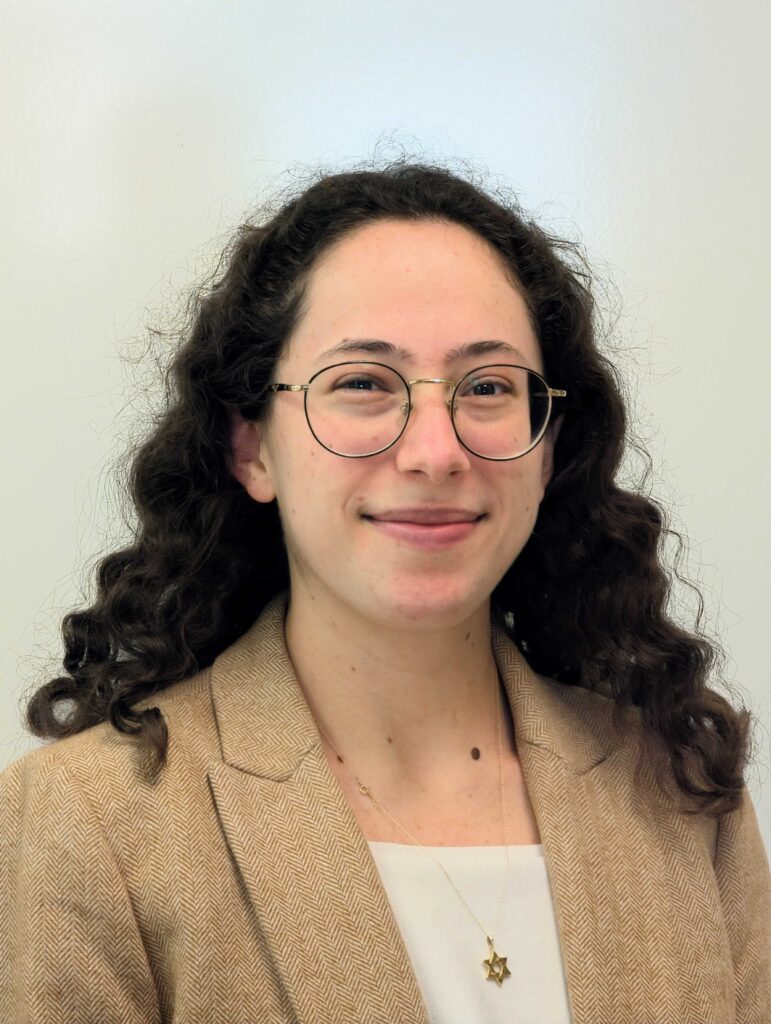
40% of the human and mouse genomes are composed of transposable elements, as compared to only 2% protein-coding genes. Transposable elements are non-coding genes that can jump around the genome, and are thought to be “junk” DNA. Recent studies have indicated that a subset of these elements are functional and/or essential for normal host function. MERVL is a family of murine endogenous retroviruses. ERVs are a type of transposable element that retain gene structure similar to exogenous retroviruses such as HIV. MERVL is solely and highly expressed during early mouse […]
Sanya Sitlani

Pinyon-juniper woodlands, one of the dominant semiarid ecosystems in North America, are experiencing increasing drought-related mortality due to climate change. Single-leaf pinyon pine (Pinus monophylla), a key species in these ecosystems, is considered drought-adapted but remains highly vulnerable to prolonged water stress. Given its long lifespan and limited ability to migrate, P. monophylla may rely on phenotypic plasticity—adjusting physical traits in response to environmental variation—to persist in a changing climate. I will examine the plastic response of P. monophylla needle traits across a climate and elevation gradient to assess adaptive […]
Sanoja Sridevan

As a result of excess light, algae produce reactive oxygen species (ROS), which degrade DNA, proteins, and lipids throughout the cell. To protect themselves, they often biosynthesize antioxidants such as small thiols. Glutathione, the most studied thiol antioxidant, has two mechanisms: direct reduction of ROS and post-translational modification of cysteine residues. During the past year, I helped show that Clamydomonas reinhardtii and Auxenochlorella protothecoides, two microalgae species, also produce other small thiols, ovothiol and ergothioneine respectively. We have evidence ovothiol directly reduces ROS similar to one of glutathione’s functions. This […]
Ryan Kuo
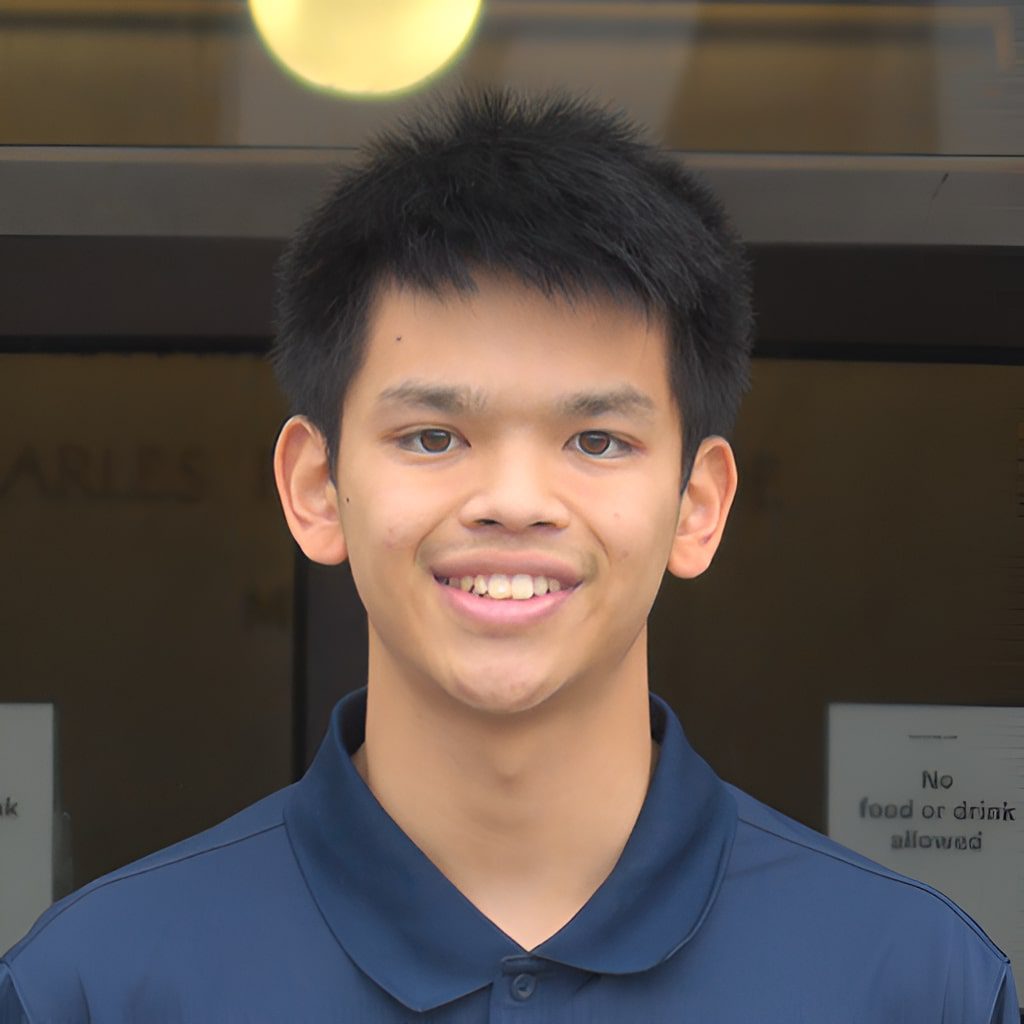
In the high-stakes world of aerospace engineering, every landing is a battle against extreme forces. To ensure safer, reusable launch systems, we need materials that don’t just absorb impact but also protect our loads from intense conditions. Traditional architected metamaterials often fail due to highly localized stress concentrations that lead to deformation, strut buckling, or surface cracks, which can then propagate and compromise structural integrity. In contrast, tensegrity structures—geometrically intricate frameworks of tension and compression components—offer a promising alternative by delocalizing the deformation. Despite their potential, additively manufactured tensegrity structures […]
Olivia Deantoni
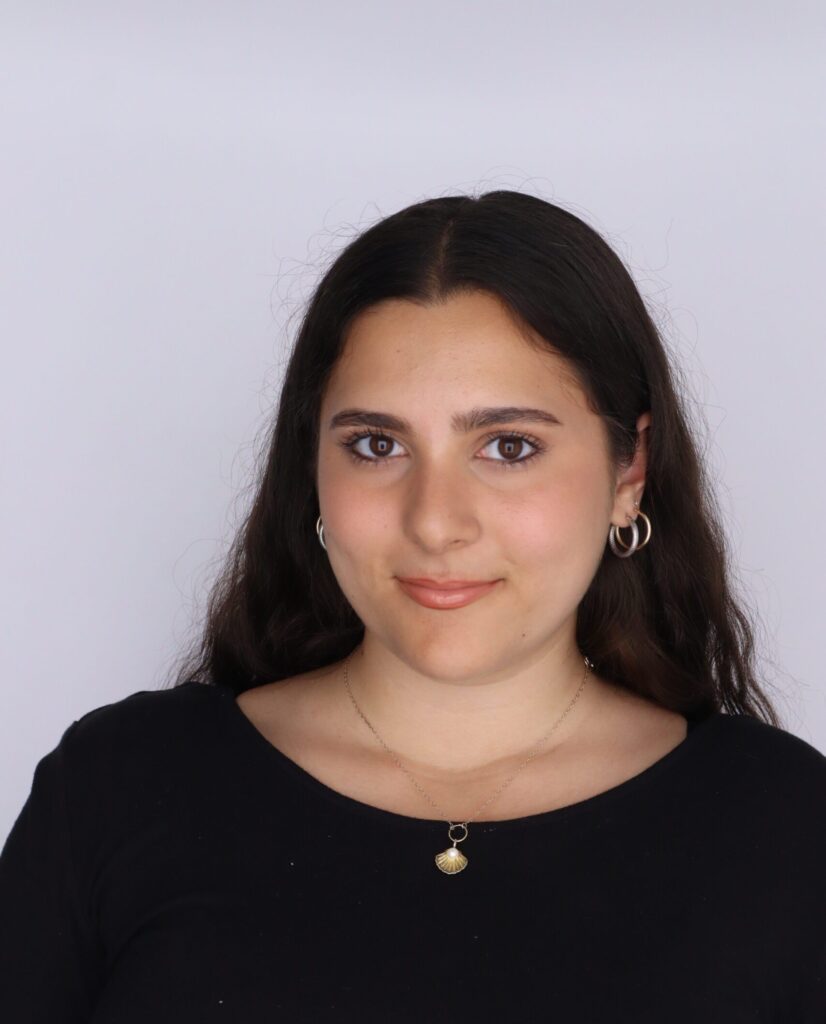
Muscle stem cells (MuSCs) are the myogenic progenitors essential for muscle regeneration. However, aging impairs the myogenic function of MuSCs, leading impaired regeneration and contributing to the progressive loss of muscle mass and strength with age, termed sarcopenia. Sarcopenia decreases mobility, increases fall risk, and reduces overall quality of life. Effective skeletal muscle repair requires MuSCs to interact with fibro-adipogenic progenitors (FAPs), which regulates fibrosis, adipogenesis and thus regeneration. Aged FAPs lead to significantly increased fibrosis contributing to reduced MuSCs function resulting in severely compromised repair in aged. Our laboratory […]
Nora Dunphy

Large Language Models (LLMs) like ChatGPT excel at generating human-like responses by predicting the next word in a sequence based on statistical patterns in their training data. While effective, this approach does not fully align with how humans use language. Human communication is not merely predictive—it is goal-oriented and intent-driven. When we speak, we do so with purpose, whether giving a command, asking a question, or engaging in small talk to build rapport. This project aims to explore how LLMs represent this concept of speaker intent without relying on human-labeled […]
Nishanth Chavourkar
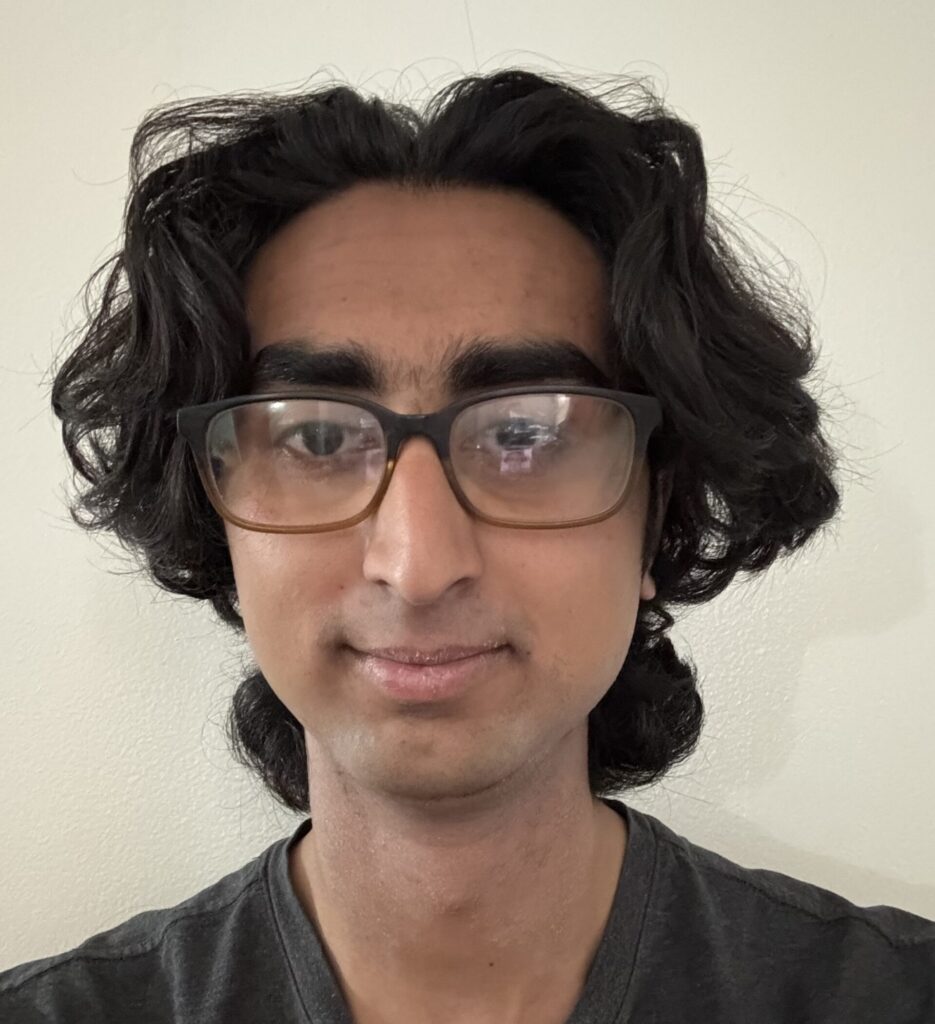
How do cells in a developing embryo robustly decode which genes to activate or silence from noisy molecular inputs? The aim of this project is to quantify the effect of these cellular input signals (transcription factors) on the transcription of developmental genes in the Drosophila (fruit fly) embryo. Even though transcription has been studied in cultured cells, our understanding of how this intricate process unfolds in a living animal undergoing development is limited. Furthermore, we aim to characterize transcriptional activity through an analysis of RNA polymerase loading rate as opposed […]
Makayla Hu

There are many different options for quantum computing platforms or qubits, including but not limited to trapped ions, neutral atoms, and supercomputing. We want to implement a qubit encoded within the spin states of a free electron trapped in a Paul trap (oscillating quadrupole electric field). An electron qubit has the advantages of fast gate times, which result from the small mass of a singular electron, and not needing lasers to run computations. However, the lack of optical transitions means that the electron cannot be laser cooled like ions and […]
Madhavi Prakash
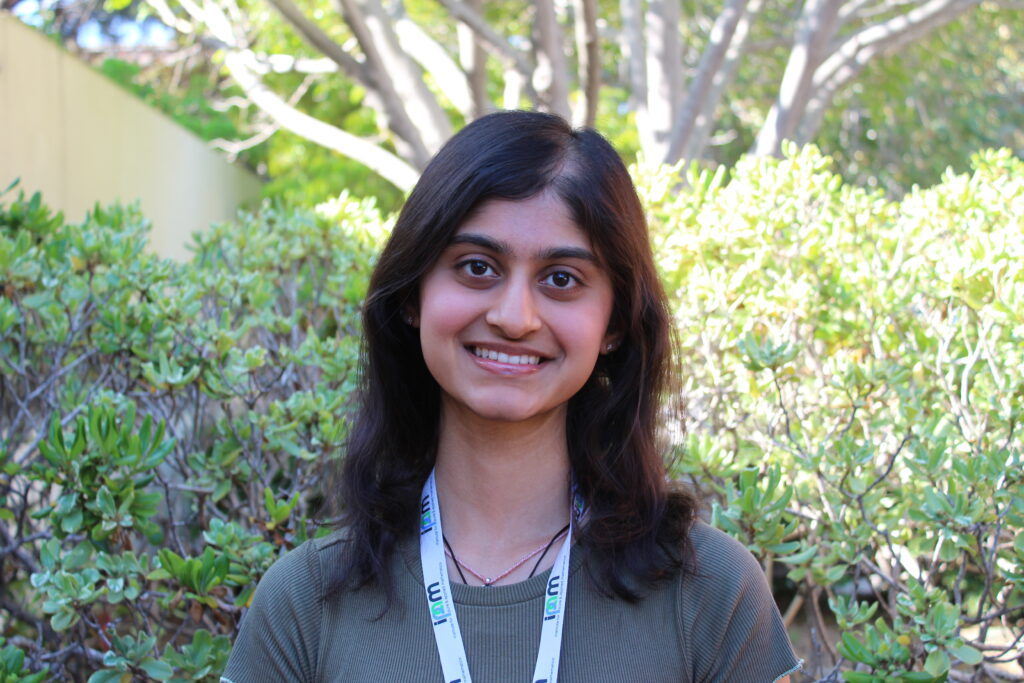
Eigenvalue problems are central to countless applications in engineering and the sciences, from analyzing vibrations in mechanical systems to understanding complex data. To avoid pathological cases and improve stability, many modern algorithms add small random perturbations to the input matrices—a technique known as pseudospectral shattering. This randomization helps to spread out clustered eigenvalues and improve the reliability of results. However, randomness introduces unpredictability, making results harder to verify or reproduce. This project asks a fundamental question: can we achieve the same stabilizing effect using deterministic techniques instead? Additionally, can near-optimal […]
Lavanya Gupta

Every 40 seconds, someone in the U.S. has a stroke, 87% of which are ischemic, caused by blocked blood flow to the brain. As a leading cause of disability, stroke demands urgent neuroprotective therapies. Arctic ground squirrels (AGS) exhibit remarkable resilience to extreme conditions, with their cells surviving hypoxia and metabolic stress better than those of mice and humans. Identifying pathways that make mouse neural cell mitochondria function more like AGS cells could provide valuable insights for ischemic stroke treatments that preserve neural viability and enhance recovery post-stroke in humans. […]